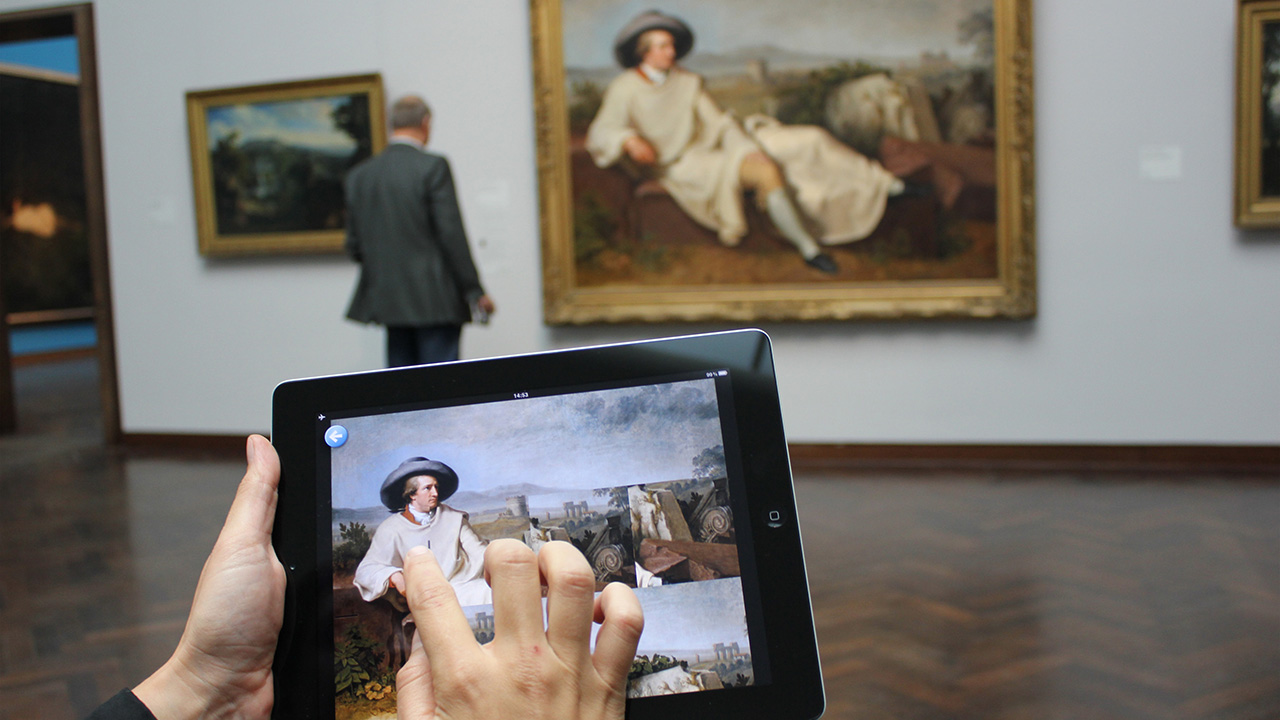In 2015, the Städel Museum entered its 200th year, marking its evolution from a humble arts foundation to a world-class destination housing a comprehensive collection of European art that spans Bosch to Beuys. No museum, though, makes it to its third century without foresight, agility, and relentless innovation (just ask the Louvre). How apt, then, that the Frankfurt institution celebrated that rare anniversary by unveiling a vision of its future in the form of a robust digital strategy.
Mind you, in the time before a pandemic accelerated online pivots everywhere, rare was the museum that was ready to prioritize the digital. But, as Dr. Chantal Eschenfelder, the Städel’s Head of Education and Digital Collection, tells Jing Culture & Commerce, “With the digital transformation of society, it has become necessary for cultural institutions to reflect on transferring educational methods and standards into the digital realm.”
To that end, in the past six years, the museum has embarked on a host of digital projects aimed at reaching its audience through interwoven platforms. There’s its Digital Collection, a resource enabling online access to the Städel’s holdings; a VR app, Time Machine, which immerses users in recreations of the museum’s historical rooms; as well as a clutch of podcasts, tablet games, and audio guides stacked with educational tools.
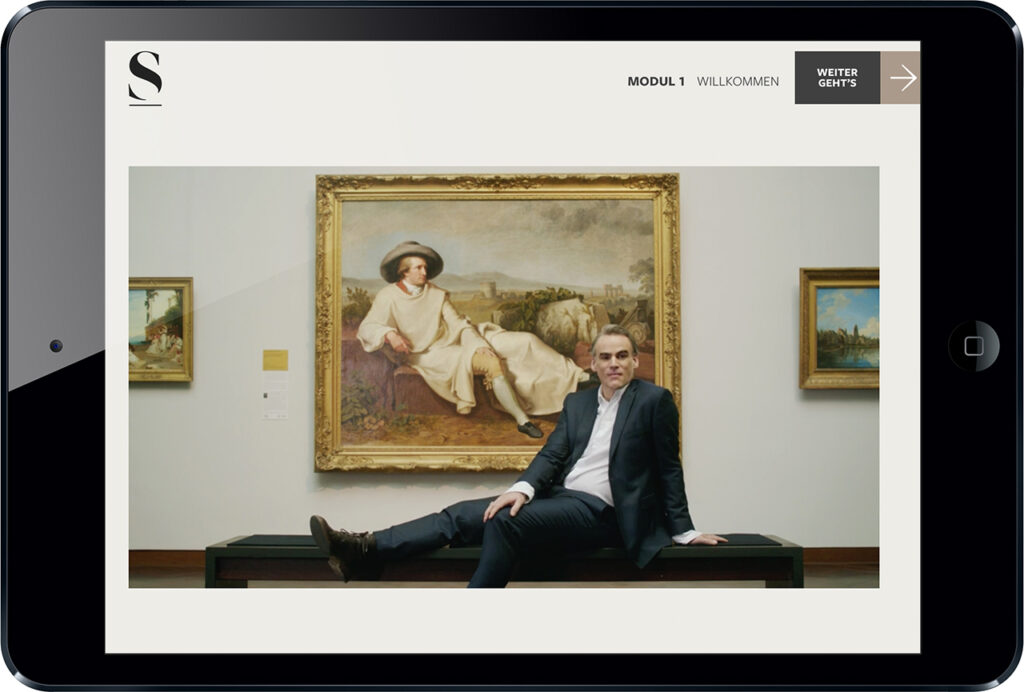
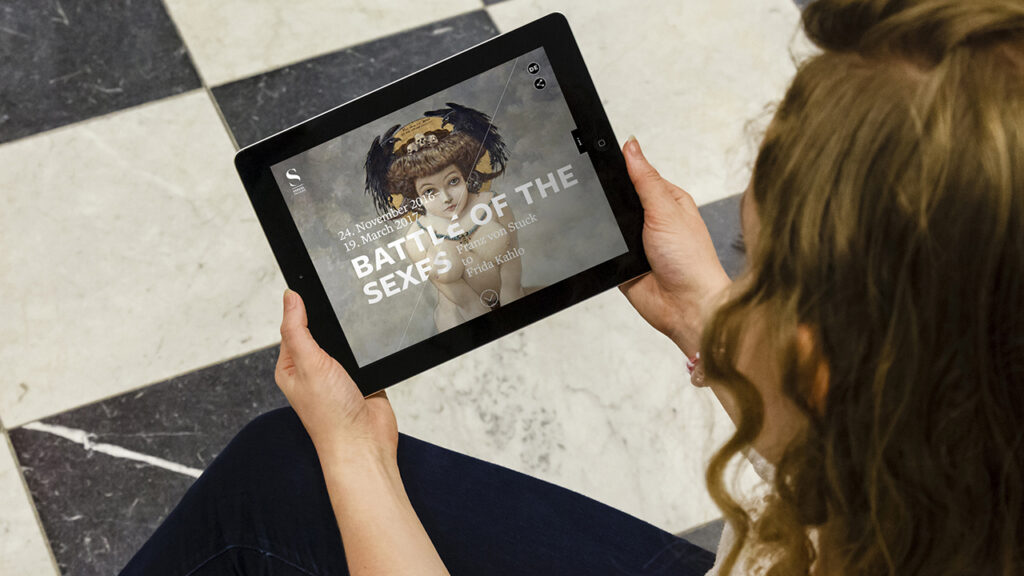
Above: The museum’s virtual art course, “Art History Online – The Städel Course on Modern Art.” Below: The Digitorial® for the 2016 exhibition, Battle of the Sexes. Images: Städel Museum
In April, Städel released its latest Digitorial® to coincide with Rembrandt in Amsterdam. These Digitorials® — online platforms that use exploratory and responsive user interfaces to illuminate art and cultural history, thus contextualizing exhibitions for audiences prior to their visit — have previously been developed around other shows, including 2015’s Monet and The Birth of Impressionism, 2018’s Rubens, and last year’s Making Van Gogh. Originally devised as a solution to long lines and crowds around wall texts, they’ve become, Dr. Eschenfelder notes, “one of the most popular offers in the Städel’s digital portfolio,” just as they “contribute to the visual literacy of our visitors.”
Below, Dr. Eschenfelder shares more about how the Städel is leveraging digital tools for cultural education and what 2021 holds for the institution on the digital front.
Could you share how the Städel’s internal systems are helping to execute the museum’s comprehensive digital plan?
The most important decision in achieving our goals in the digitization process was to avoid a museum structure divided into separate digital and analog aspects. Instead of creating a purely digital department, we founded an interdisciplinary steering committee and working groups for each digital project that consists of members of all of the individual departments involved.
How did COVID-19 transform or accelerate the museum’s digital strategy?
First of all, COVID was a confirmation of our digital strategy. In the first weeks of the lockdown, the numbers of those who took advantage of our digital offers increased tremendously, from two to ten times as much. But we had to adapt our program to the new situation in some areas, of course. For example, we were forced to offer online guided tours, even if our strategy was not to simply transfer the analog to the digital. But we took the opportunity to develop new forms of interactive online tours, such as our “museum at home” program.
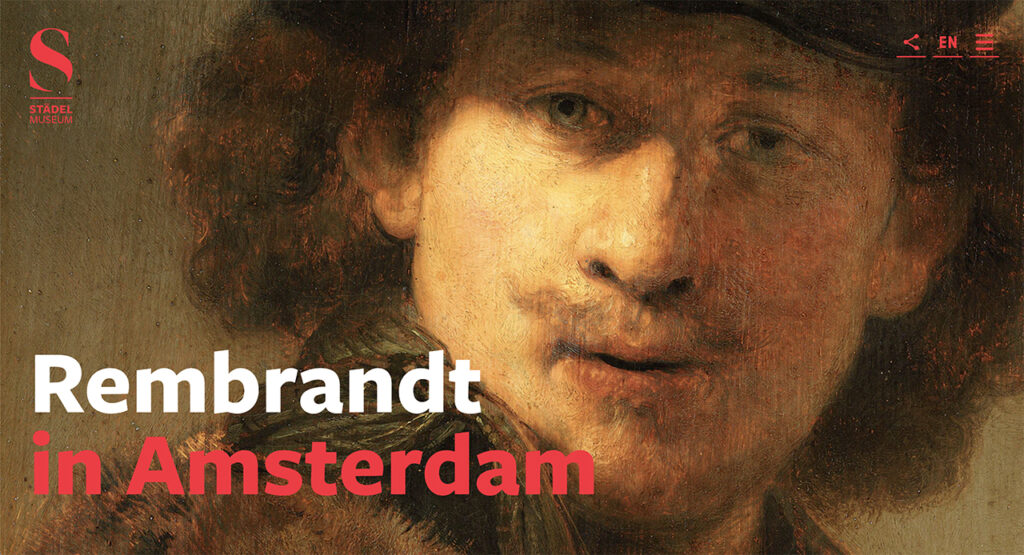
Created in association with the National Gallery of Canada, the Rembrandt Digitorial® explores the artist’s oeuvre, practice, and times. Image: Rembrandt Digitorial® by Städel Museum
With the latest Rembrandt Digitorial® as an example, could you briefly outline the process of putting together a project of this kind?
First of all, as is the case for every digital project, we formed a project team consisting of members of different departments. The content of the Digitorial® was, as usual, researched, debated and written by the educators — in a constant exchange with the curatorial department. Its visual and strategic placement was mainly developed by our marketing and digital staff in collaboration with an external web design agency. In some sense, the Rembrandt Digitorial® was a special case, because we collaborated with the National Gallery of Canada, the exhibition’s first venue. The exchange of ideas in preparation of the Digitorial® between Ottawa and Frankfurt was inspiring and enriching. Its outcome will ultimately serve both the Canadian and the German audience.
As one of the earlier adopters of VR with Time Machine, what potential did the museum see in the technology?
One important part of our digital strategy was not to create a virtual museum, because in the past that has not proven to be interesting for the public. The creation of our digital offers is always content-driven. We avoid just impressing people with technical gadgets, because these are very short-lived effects. In the case of Time Machine, it has been a different setting: the purpose was to reconstruct the historical presentation of 19th-century works of art. And in this context, VR is a very productive technology in visualizing a state of construction or presentation for a non-expert public.
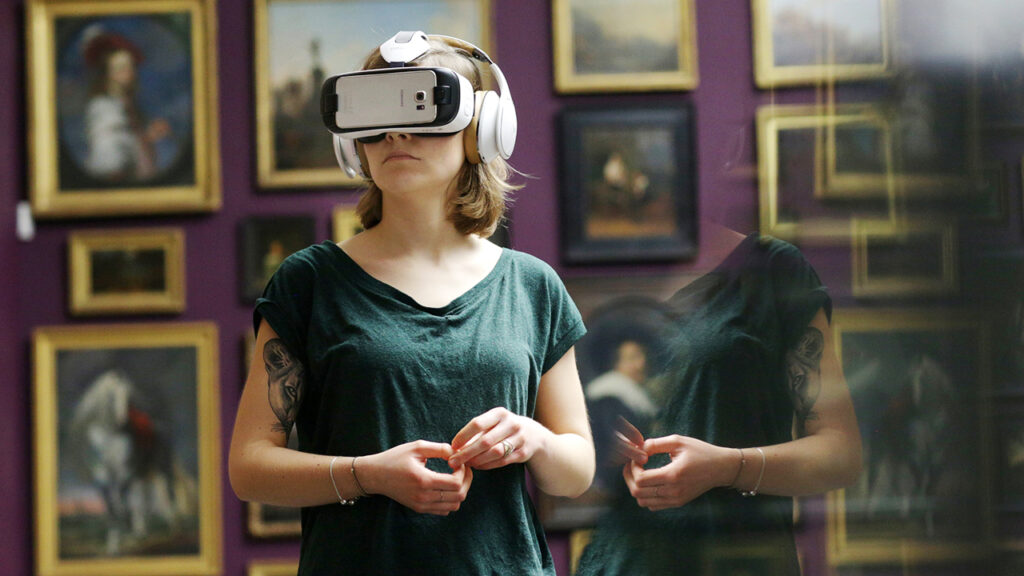
Time Machine immerses users in a recreation of the Städel’s galleries as they would’ve appeared in the 19th century. Image: Städel Museum
What are some key considerations for the museum when it comes to the adoption of such advanced technologies?
We usually start developing our digital offers by precisely defining our goals with core questions: what, why, how, when, for whom — among which the last one is most important. The user scenario is somehow the starting point of everything. It makes no sense implementing new technologies without providing an additional benefit in the museum’s sphere. Technology’s role is to support the core tasks of the museum: collection, research, exhibitions, education, conservation — internal processes as well as audience development.
In the year ahead, what else does Städel have planned in terms of digital products or services?
Actually, we are working on different digital projects that we had mostly already begun developing before the pandemic occurred, like Städel Next Level, a mobile game for single and multiplayer use during a museum visit, or a new podcast. In view of internal processes, we are interested in the further development of our digital asset management in order to strengthen our online shop and e-commerce activities, and to evolve our web and marketing analytics towards business intelligence. You have to know your numbers in order to manage your digital extension successfully.
For museums who are just embarking on their digital journeys, what initial key steps would you recommend they take?
The most important one is to analyze the DNA of your institution — what it stands for and what the key characteristics and goals for the future are. Secondly, you need to be very familiar with your public and their interests and to be able to predict possible user scenarios. And on this basis, it is important to develop a specific digital strategy and to create a task force that is as interdisciplinary as possible. A good starting point is always a small, limited project for the purpose of collecting experience from which you can learn and use to improve your methods.

